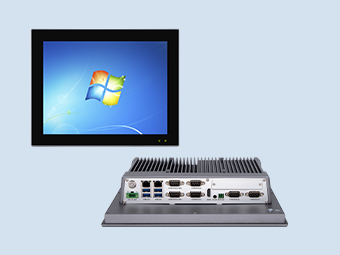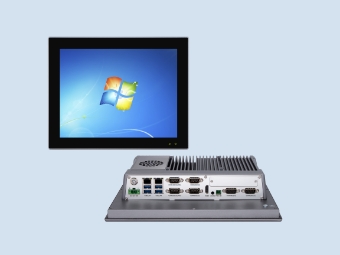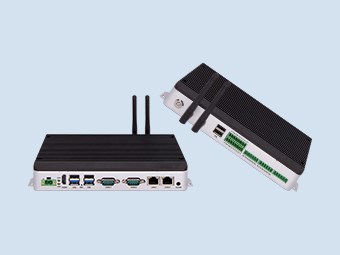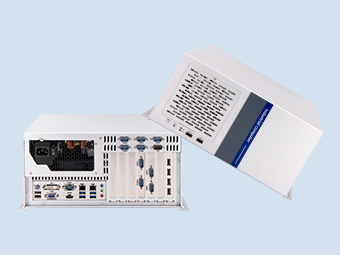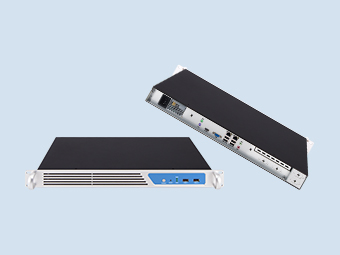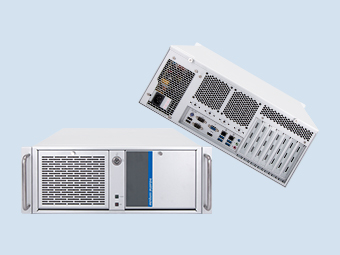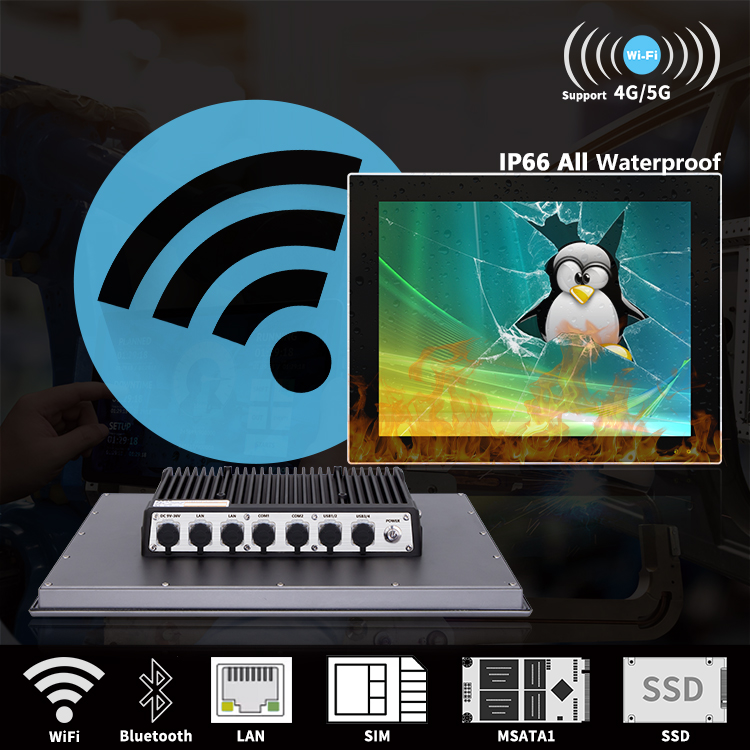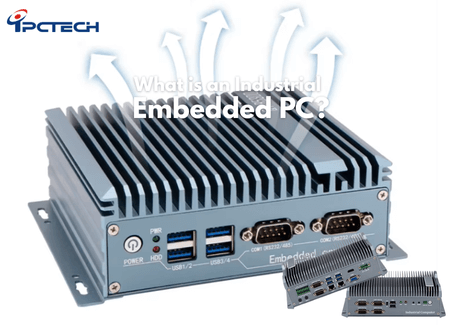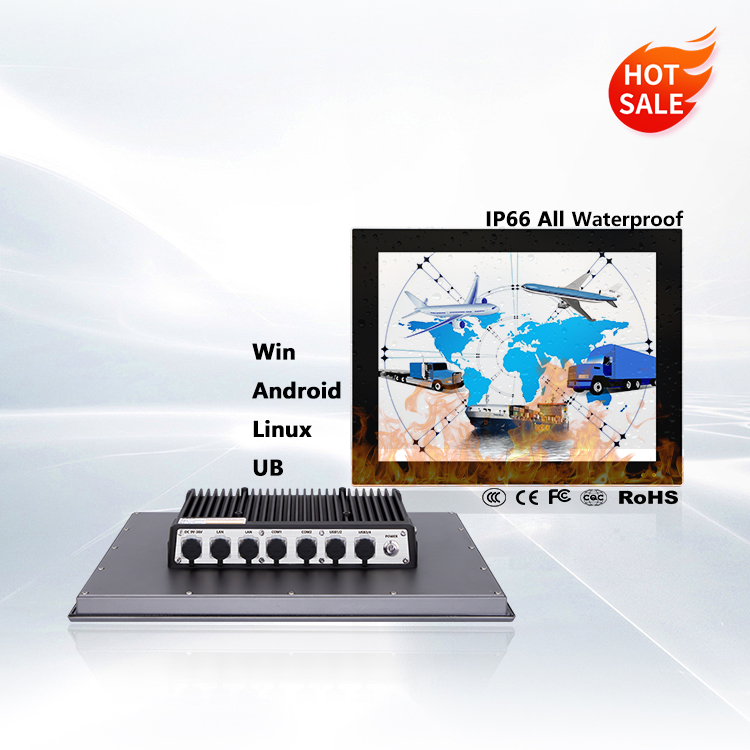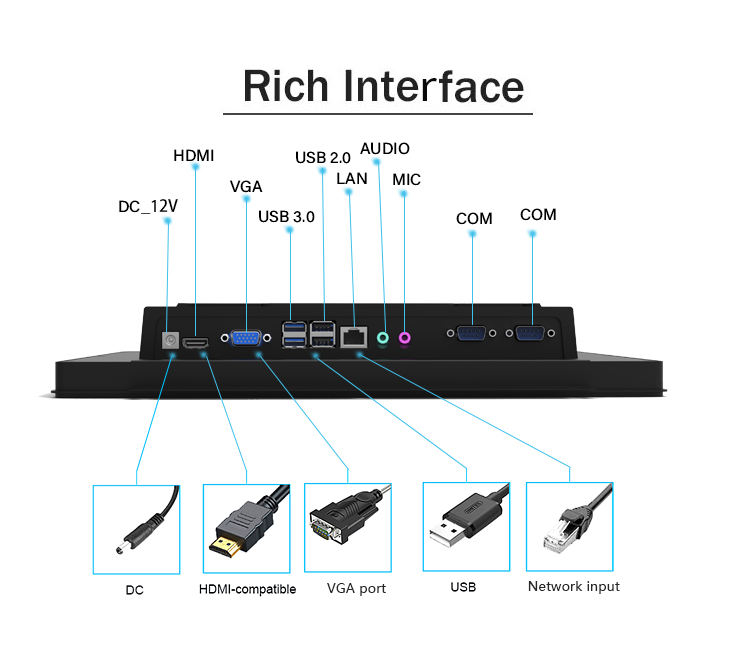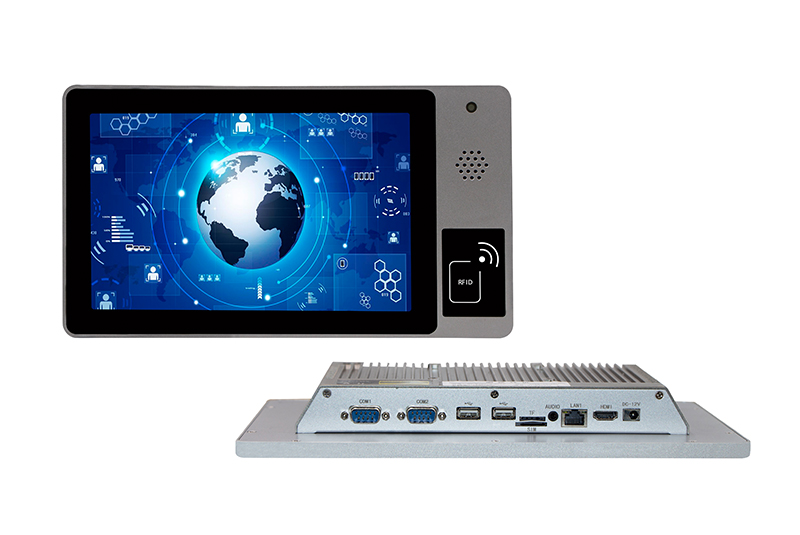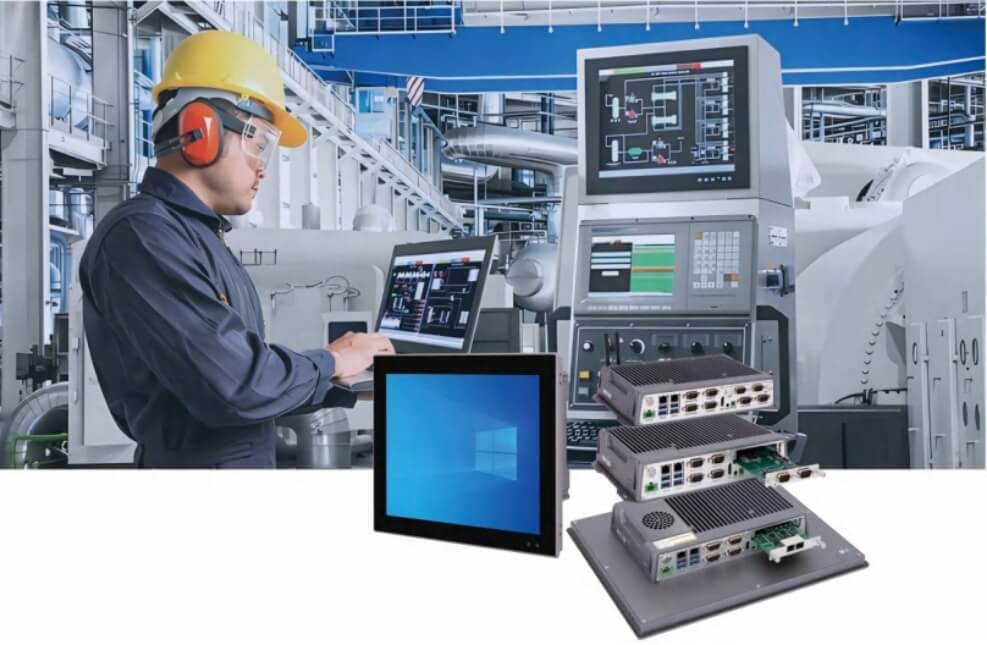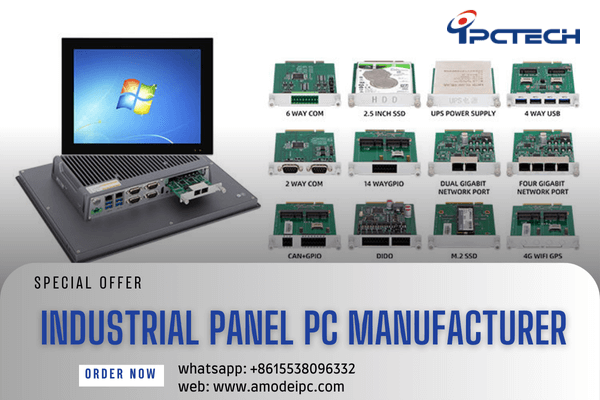Applications and Features of Industrial PCs in Industrial Automation: A Comprehensive Analysis of Their Key Roles
2025-09-13
Applications of Industrial PCs
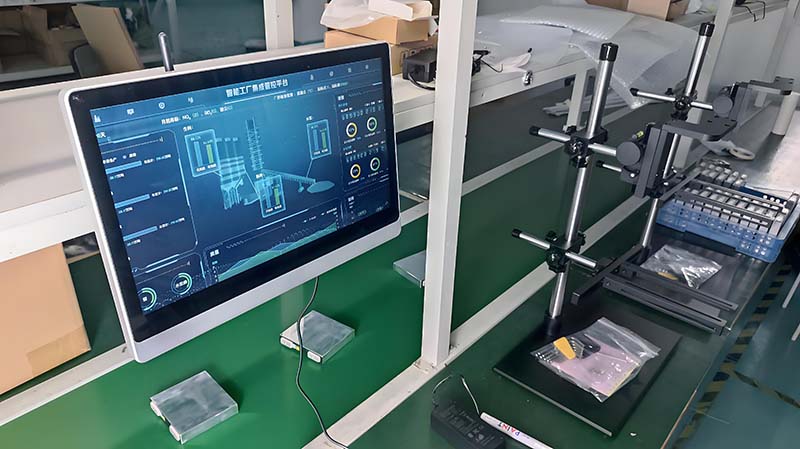
Industrial PCs play a critical role in various industries, including factory automation. They can adapt to harsh industrial environments, ensuring stable and efficient industrial operations.
With features such as high reliability, strong anti-interference capability, excellent expandability, and real-time performance, industrial PCs have become indispensable equipment in the field of industrial automation. They provide a stable and efficient control and monitoring platform for industrial production, driving continuous progress and development in industrial technology.
Industrial PCs are widely used in:
Industrial Automation and Control: PLCs, SCADA systems, CNC machine tools, robot control.
Machine Vision: Product quality inspection, dimensional measurement, guidance and positioning.
Intelligent Transportation: Highway toll systems, license plate recognition, rail transit control.
Medical Equipment: As the core control unit for CT, MRI, and other medical imaging devices.
Retail and Finance: Vending machines, POS terminals, ATMs.
Power and Energy: Power station monitoring, power dispatch, new energy management systems.
Qiyang's P8000 series of new generation industrial tablet computers have a modular design, capacitive touch/resistive touch options, and a molded shell. It presents an effective fusion of high reliability and industrial aesthetics, interpreting the sophisticated quality of industrial computers in industrial design. and technological fashion elements, it is the best choice for high-end smart equipment. This series of products has high anti-interference design and strong scalability, which can meet the requirements for use in harsh industrial environments. It has good dustproof, heat dissipation, vibration resistance, and EMC performance. It has high system reliability and strong environmental applicability. It is a Products for industrial automation industry, medical informatization, and industrial field control applications.
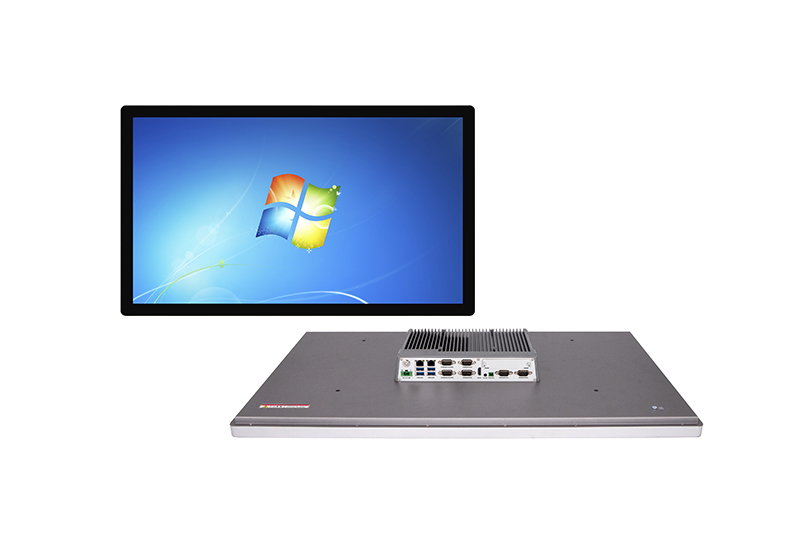
What are the Features of industrial computers?
1. High reliability with strong electromagnetic compatibility and high anti-interference capability.
Industrial computers typically use industrial-grade components and materials that undergo strict quality testing and screening, enabling them to operate stably for extended periods in harsh environments. They are required to have strong environmental adaptability, such as high tolerance for temperature and humidity variations. Since industrial computers are often used to control continuous production processes where downtime for maintenance is not allowed, they must exhibit high reliability, low failure rates, and short repair times. For example, in factory environments with high temperatures, high humidity, excessive dust, and significant vibrations, industrial computers can still operate reliably, boasting strong electromagnetic compatibility and high anti-interference capability.
2. Strong anti-interference capability.
Industrial computers are equipped with effective grounding and anti-static designs to prevent damage from static electricity and lightning strikes. In the face of strong electromagnetic radiation generated by activities such as motor starts and welding, industrial computers employ special shielding and filtering technologies to effectively resist these interferences, ensuring accurate data transmission and stable system operation.
3. Strong expandability.
Industrial computers typically offer a wealth of interfaces and slots, enabling connections to various external devices such as sensors, actuators, displays, keyboards, and mice to meet diverse industrial application scenarios. They support multiple expansion cards for additional functional extensions. Flexible system expandability facilitates the improvement of factory automation levels and the expansion of control scales, allowing users to customize expansions based on actual needs. Adopting an open architecture makes system expansion, software upgrades, and interchangeability convenient.
With rich input and output modules, industrial computers interface with process instruments and handle various signals, requiring versatile I/O配套 modules such as analog, digital, and pulse input/output modules.
4. Excellent real-time performance.
Industrial computers need to acquire, process, and control data in real time during industrial production processes, necessitating high real-time performance. They typically use real-time operating systems to respond quickly to external events, ensuring precise control of production processes. Industrial computers must respond in real time to changes in various parameters of the controlled objects to enable real-time monitoring and control. When parameter deviations or faults occur, they must respond immediately and handle them in real time, including issuing alarms. Industrial computers are often equipped with real-time multitasking operating systems and interrupt systems.
5. Powerful control software packages with user-friendly human-machine interaction, rich interfaces, and excellent real-time performance.
They feature system configuration and system generation capabilities, real-time and historical trend recording and display functions, real-time alarm and incident recall functions, and a wide range of control algorithms.
6. Strong system communication capabilities.
Industrial computers are generally required to form large-scale computer control systems with remote communication capabilities. To meet real-time requirements, the communication networks of industrial computers must offer high speeds and comply with international standard communication protocols.
7. Redundancy.
In applications where extremely high reliability is required, dual-system operation and redundant systems are necessary. This includes dual control stations, dual operating stations, dual-network communication, dual power supply systems, and dual power sources. They also feature dual-system switching capabilities and dual-system monitoring software to ensure long-term uninterrupted system operation.
Recommended



